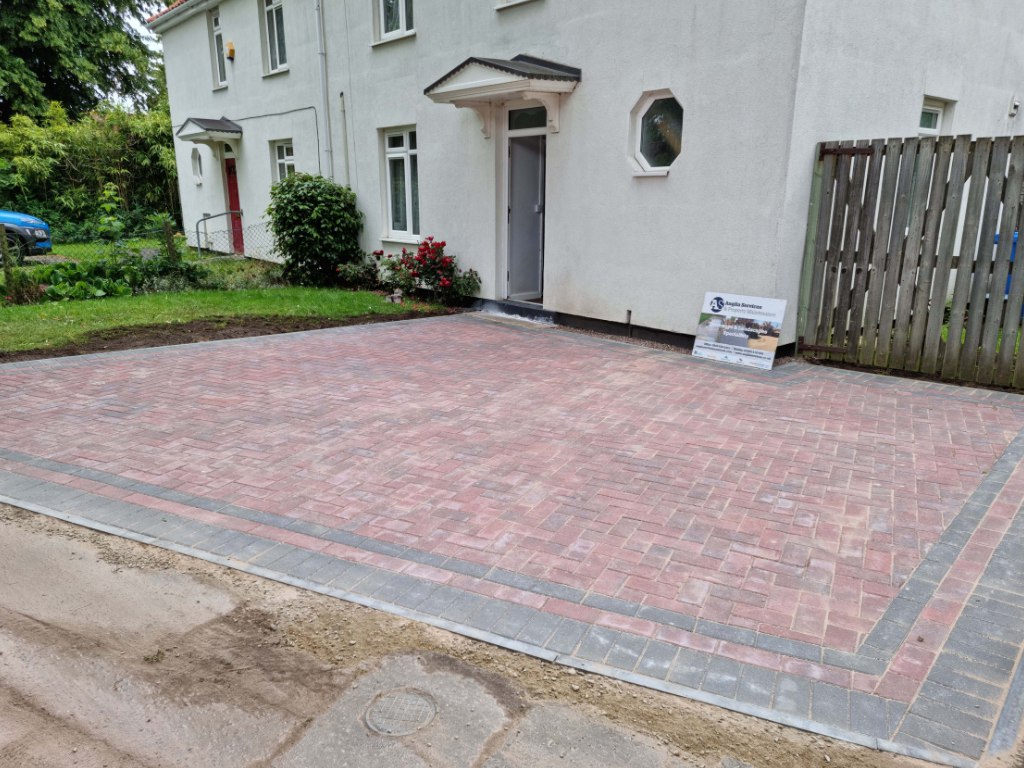Tarmac Aftercare Tips: How to Keep It Smooth and Long-Lasting
A newly installed tarmac driveway adds instant kerb appeal and practicality to any property, but proper aftercare is essential to preserve its smooth surface and extend its lifespan. With the right maintenance routine, you can ensure that your driveway continues to look great and perform well for many years. At Paddock Wood Driveways, we specialise in installing durable, high-quality tarmac surfaces throughout Paddock Wood, Kent, and we know exactly how to keep them in top condition year after year.
The Importance of Proper Tarmac Aftercare
Tarmac is a robust and resilient material, but like any outdoor surface, it can deteriorate over time if neglected. The first few months after installation are particularly important, as the surface continues to harden and stabilise. Following a few simple care guidelines can make all the difference between a driveway that lasts for decades and one that wears prematurely.
Proper aftercare helps to:
- Maintain a smooth and even finish.
- Prevent cracks or soft spots from developing.
- Protect the surface from the effects of weather and use.
- Enhance the driveway’s overall appearance.
Allow Time for the Tarmac to Set
Immediately after your tarmac driveway has been installed, it’s important to allow it to fully cure. While tarmac sets quite quickly, it continues to harden over several weeks. Avoid parking heavy vehicles or placing sharp objects on the surface during this initial period.
Try to keep traffic light for the first few days, as excessive pressure too soon can leave marks or indentations. Allowing sufficient curing time ensures the tarmac achieves its maximum strength and durability.
Keep the Surface Clean
Regular cleaning plays a major role in maintaining the condition of your tarmac driveway. Over time, dirt, moss, and organic debris can accumulate, which can lead to staining and reduce the driveway’s lifespan if left untreated.
To clean your tarmac surface:
- Sweep regularly to remove leaves, twigs, and grit.
- Use a mild detergent and water for occasional washing.
- Avoid harsh chemicals that can damage the binder.
- Rinse off any oil or fuel spills immediately to prevent discolouration.
This simple maintenance routine helps keep the driveway looking fresh and free from damage caused by buildup or contaminants.
Avoid Turning Wheels When Stationary
One of the most common causes of surface scuffing or minor indentations on tarmac driveways comes from turning car wheels while stationary. This action places unnecessary strain on the surface, particularly during warmer weather when the tarmac softens slightly.
To prevent this:
- Always move the vehicle slightly before turning the steering wheel.
- Encourage visitors to follow the same practice when parking on your drive.
This small adjustment can significantly reduce wear and help maintain a perfectly smooth finish.
Protect Against Weeds and Edging Damage
Although tarmac provides an effective seal against weed growth, it’s still important to maintain the surrounding areas. Weeds growing along the edges can cause cracking over time as roots expand and exert pressure on the surface.
Keep borders tidy by:
- Trimming nearby plants and removing weeds regularly.
- Ensuring the driveway edges are well-sealed and supported.
- Avoiding overhanging shrubs that may trap moisture.
Maintaining clean edges prevents unnecessary stress on the tarmac and ensures the surface remains intact.
Avoid Heavy Loads and Sharp Objects
While tarmac is designed to handle regular vehicular traffic, it’s wise to avoid leaving heavy or pointed objects—such as skips, ladders, or metal supports—on the surface for prolonged periods. These can cause dents or punctures, especially during warmer weather.
If you need to place heavy items temporarily, use wooden boards or mats to distribute the weight evenly and protect the surface beneath.
Regular Resealing for Long-Term Protection
Over time, exposure to UV light and the elements can cause the top layer of tarmac to lose some of its natural oils, leading to fading and minor surface wear. Applying a professional seal coat every few years rejuvenates the surface, restores colour, and provides a protective barrier against moisture and oil penetration.
At Paddock Wood Driveways, we recommend routine inspections to determine when resealing might be beneficial. This simple preventative measure can dramatically extend the lifespan of your tarmac surface.
Winter Care and Weather Protection
The freeze-thaw cycle during colder months can be particularly harsh on any driveway surface. To protect your tarmac driveway during winter:
- Remove snow gently using a plastic shovel instead of metal tools.
- Avoid salt-based de-icers, which can damage the surface.
- Sweep away standing water to prevent freezing and cracking.
Taking these steps ensures your driveway remains stable and intact throughout the season.
Conclusion
A well-installed tarmac driveway can serve your property beautifully for decades, but only if it’s properly maintained. Simple actions such as cleaning, avoiding harsh treatment, protecting the edges, and occasional resealing will keep your surface smooth, attractive, and long-lasting. At Paddock Wood Driveways, we take pride in creating durable tarmac driveways across Paddock Wood, Kent, and we’re always happy to help homeowners maintain them for years of dependable use. With the right aftercare, your driveway will continue to provide strength, style, and reliability in every season.
Call us on: 01892 362 995
Click here to find out more about Paddock Wood Driveways
Click here to complete our contact form and see how we can help with your driveways.

